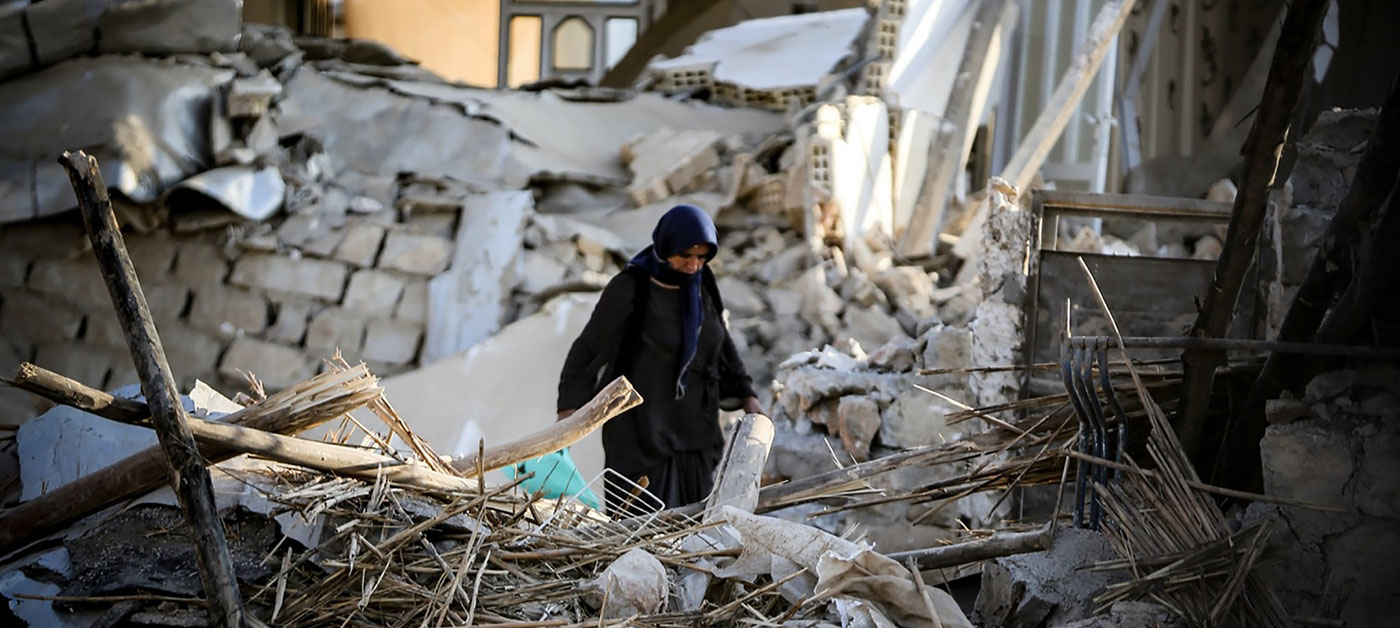Have you ever seen how, immediately following a major earthquake, the internet bursts with crazy speculation and rumors—almost as if the virtual world is shaking as well? It’s not your imagination. When the earth shakes, so do people’s anxieties, and those anxieties can rapidly degenerate into information that travels faster than the aftershocks.

Take the October 2024 magnitude 4.5 earthquake near Semnan, Iran. In a matter of minutes, social media was filled with rumors that it was not an earthquake at all, but a secret nuclear weapons test. Some used seismic data from an unrelated earthquake in Armenia to try and make the case. Benjamin Fernando, a seismologist at Johns Hopkins University, said, “There was a coordinated campaign of misinformation and disinformation on this event to propagate the idea this was a nuclear test, which is something you do not usually see occur with an earthquake.”
And it didn’t remain on social media. In a few hours, the fake news had propagated to international news reports, particularly those in English-language media. Many of the most viral tweets were from accounts associated with organized disinformation campaigns. Meanwhile, Persian-language media, relying on local experts and official statistics, relayed the fact: it was a normal earthquake, not a nuclear test.
So why does false information spread so quickly in the wake of an earthquake? Some of it is emotional. Earthquakes are abrupt, frightening, and upsetting. Amid the chaos, people understandably crave answers—and the sensational, conspiracy-laced ones are the most appealing at times. Speculations regarding secret nuclear explosions or even weather control experiments may sound crazy, but they provide a strange sense of reassurance: somebody, somewhere, is in command—albeit for ill.
That’s where science enters the picture. Seismologists learn to distinguish between earthquakes and man-made explosions by interpreting seismic waves—Earth vibrations that carry a special “signature” based on what created them. With the Semnan quake, the information pointed unmistakably to it being a result of tectonic plates pushing against one another and releasing their pent-up pressure—a classic example of a reverse fault. Nuclear explosions produce a whole other, explosive pattern. There have been earlier quakes in the same location in 2015 and 2018, and none of those had anything to do with nuclear testing.
Aside from individual experts, there’s an entire international system monitoring for just this type of occurrence. The International Monitoring System, operated by the Comprehensive Test Ban Treaty Organization (CTBTO), consists of several hundred stations and facilities worldwide. They monitor everything from earthquakes to volcanic eruptions—and yes, nuclear tests as well. The information is checked and electronically sealed against tampering. And says the CTBTO, this system has already paid for itself by detecting all six of North Korea’s announced nuclear tests from 2006 through 2017. That’s the sort of precision you want when facts count.
Even so, the best science struggles to keep pace with the velocity and scope of online gossip. That’s why scientists like Saman Karimi at Johns Hopkins are calling for scientific institutions to collaborate to release transparent, fact-based reports promptly—and collaborate with social media sites to disseminate accurate information. “Giving amplification to contents coming from verified scientific accounts could help reduce the misleading narrative,” Karimi states.
Let’s be honest—part of the reason conspiracy theories spread is because they’re compelling narratives. They satisfy our curiosity and our desire to explain an unpredictable world. The answer isn’t just to bombard the problem with more data—it’s to ensure scientists and experts talk in human language, that’s clear enough and quick enough to keep pace.
So the next time you hear a sensationalistic explanation following an earthquake, take a deep breath and seek out the science. The actual explanation might not be as thrilling, but it’s frequently just as captivating—and it’s grounded in reality. Science won’t prevent the shaking, but it can steady us with facts. And that’s something we all crave when the earth beneath our feet is uncertain.
